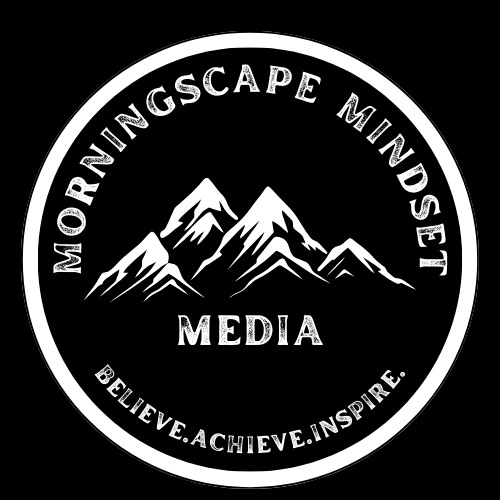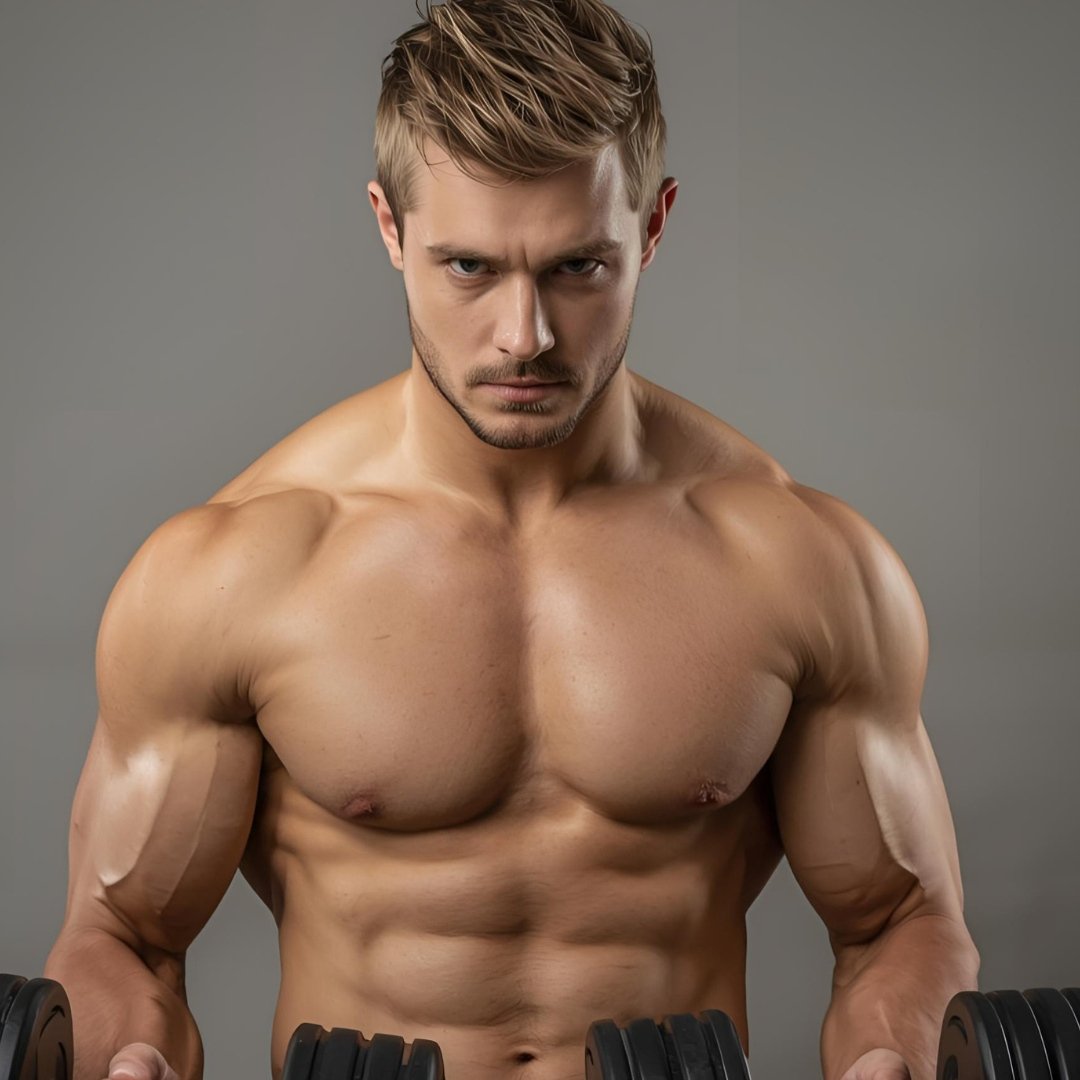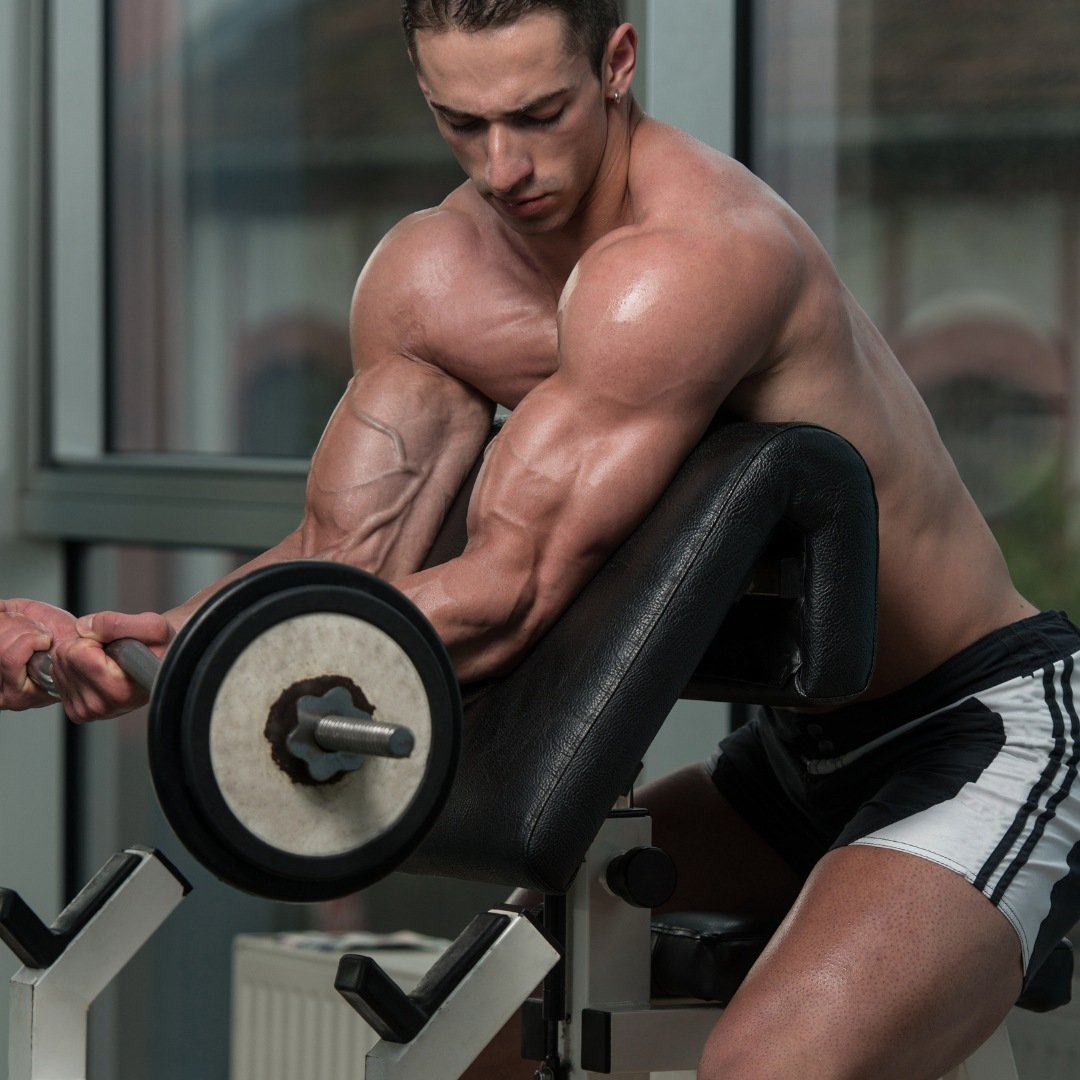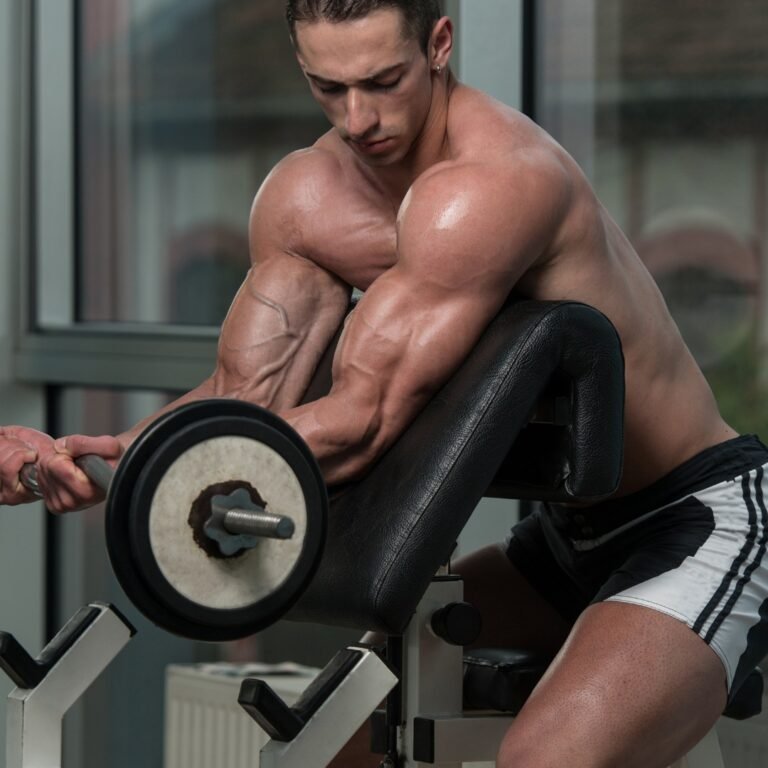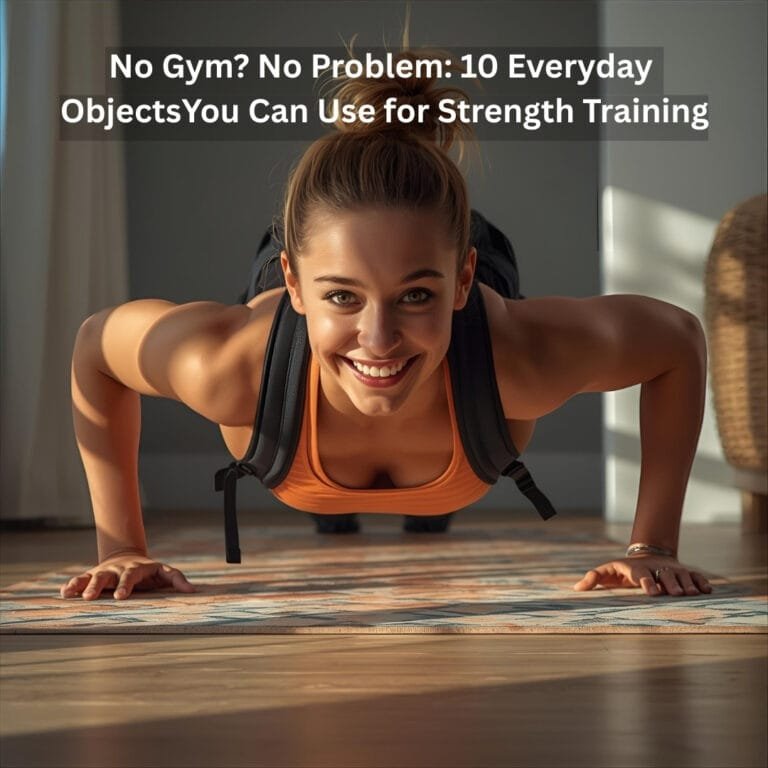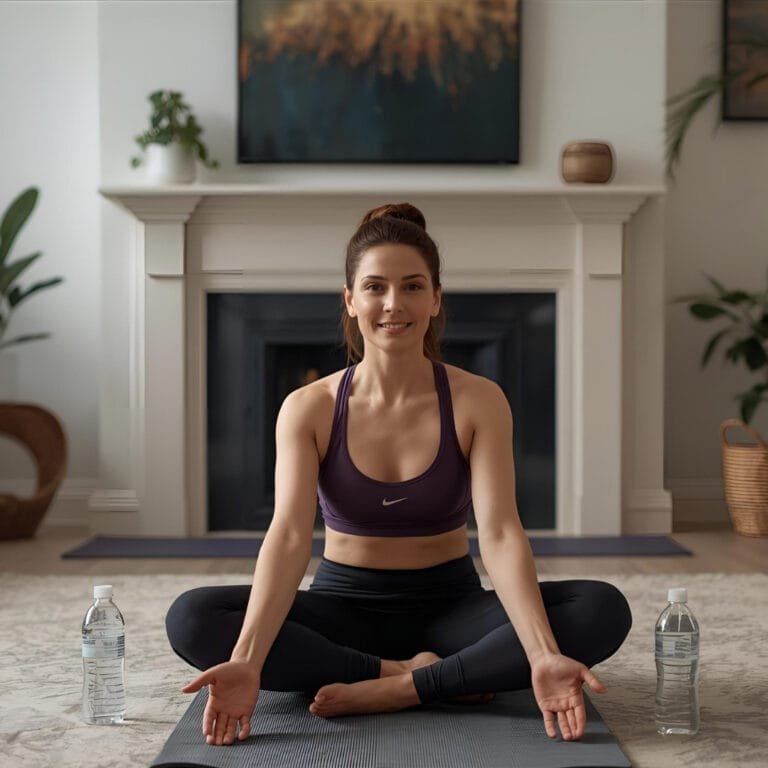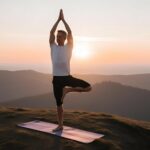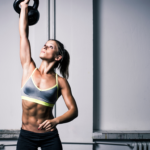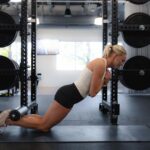Disclosure:
Thank you for reading this post, don't forget to subscribe!
Some of the links on this website are affiliate links. This means that if you click on the link and make a purchase, we may receive a small commission at no extra cost to you. Your support helps us keep the site running.Learn more on my Privacy Policy and Affiliate Disclosure page. Thank you for your support!
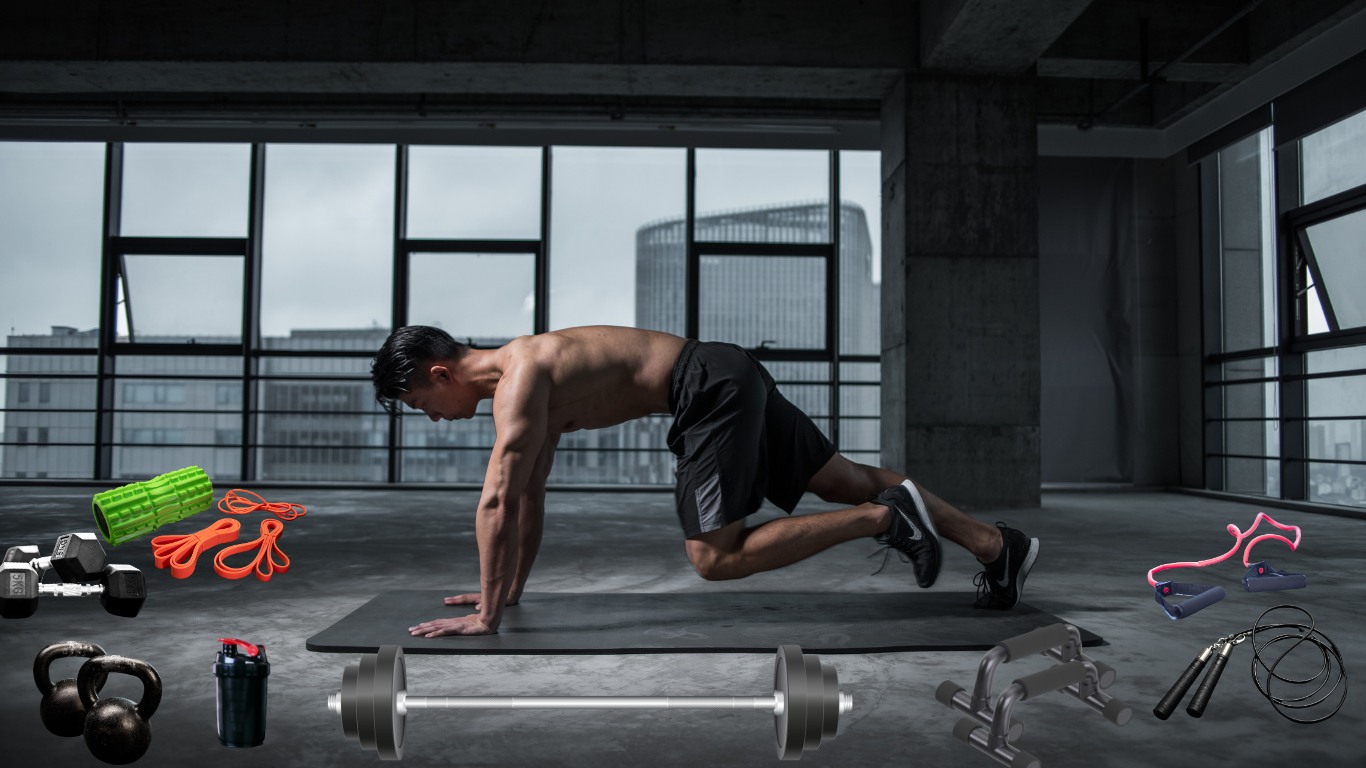
In today’s fast-paced world, finding time to hit the gym can be challenging. However, staying fit and healthy is crucial, and home workouts have become a convenient and effective solution for many. With the right equipment, you can achieve a full-body workout without ever leaving your home. This article will explore the top 5 home workout equipment for a full-body workout, providing insights into their benefits, exercises, and how to incorporate them into your fitness routine.
Top 5 Home Workout Equipment For A Full-Body Workout
When it comes to building a home gym, selecting the right equipment is key. The following five pieces of equipment are versatile, effective, and ideal for achieving a comprehensive full-body workout. Whether you are a beginner or a seasoned fitness enthusiast, these tools will help you meet your fitness goals.
Dumbbells: Versatile and Effective
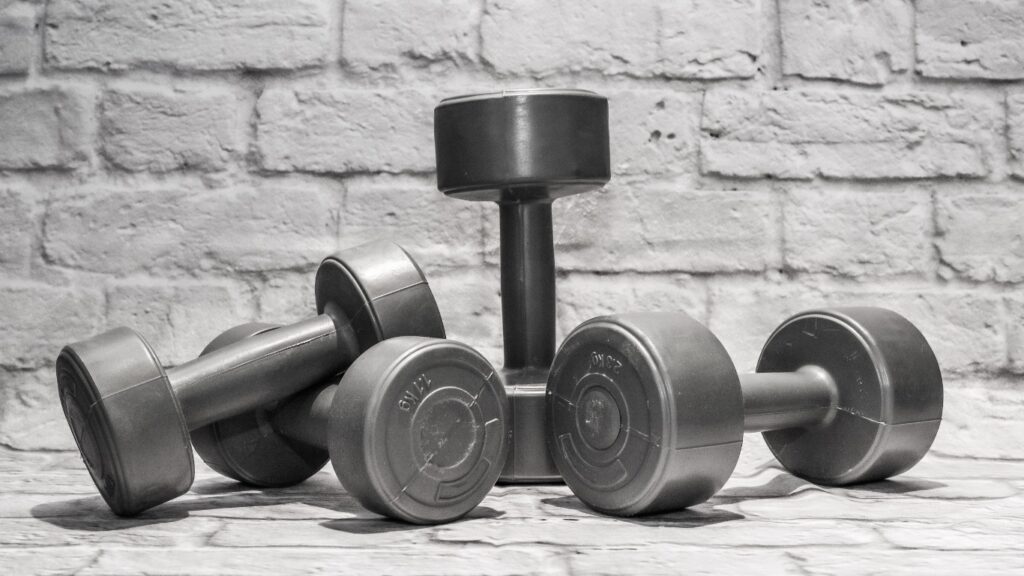
Dumbbells are a staple in any home gym due to their versatility and effectiveness. They come in various weights, allowing you to progressively increase the resistance as you get stronger. With dumbbells, you can perform a wide range of exercises that target different muscle groups, making them perfect for a full-body workout.
Advantages of Using Dumbbells
One of the main advantages of using dumbbells is their ability to provide a balanced workout. Because each arm works independently, dumbbells help correct muscle imbalances and improve overall strength. Additionally, they are great for enhancing stability and coordination. Dumbbells are also compact and easy to store, making them an excellent choice for home workouts.
Dumbbell Exercises for a Full-Body Workout
To get the most out of your dumbbells, incorporate exercises that target the upper body, lower body, and core. Some effective dumbbell exercises include:
- Upper Body: Bicep curls, shoulder presses, tricep extensions, and chest presses.
- Lower Body: Squats, lunges, and deadlifts.
- Core: Russian twists, dumbbell sit-ups, and weighted planks.
By combining these exercises, you can create a balanced full-body workout that builds strength and muscle tone.
Read Next: The Ultimate Guide to Home Workouts-Stay Fit Without a Gym Membership.
Resistance Bands: Portable Power
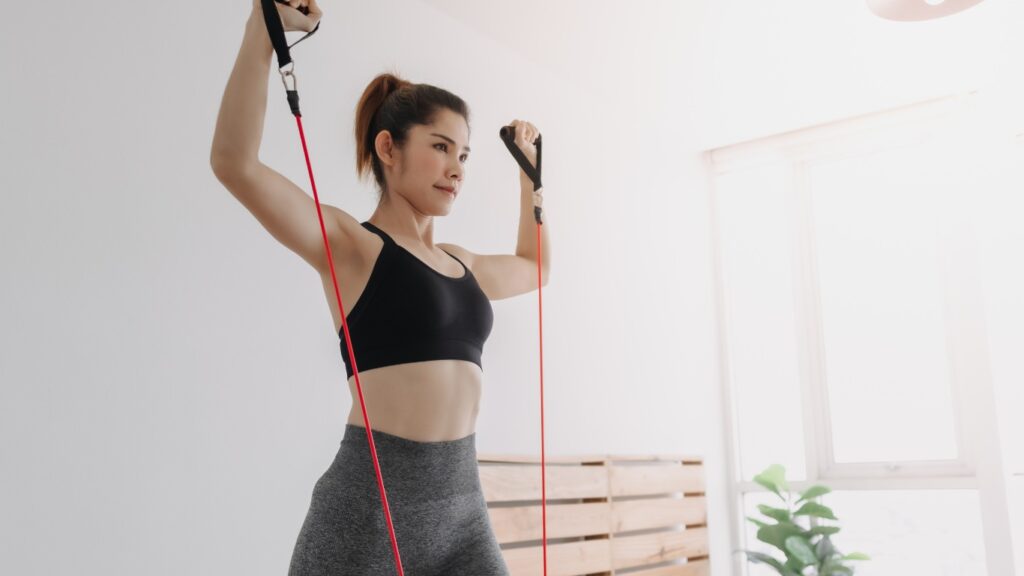
Resistance bands are another excellent piece of equipment for home workouts. They are lightweight, portable, and versatile, making them ideal for people with limited space. Resistance bands come in various resistance levels, allowing you to adjust the intensity of your workouts easily.
Benefits of Resistance Bands
One of the primary benefits of resistance bands is their ability to provide constant tension throughout the entire range of motion. This helps to engage muscles more effectively and can lead to better strength gains. Additionally, resistance bands are gentle on the joints, making them a great option for those with joint issues or injuries.
Resistance Band Exercises
Resistance bands can be used for a variety of exercises that target all major muscle groups. Some effective resistance band exercises include:
- Upper Body: Banded rows, chest presses, and shoulder raises.
- Lower Body: Banded squats, leg extensions, and hamstring curls.
- Core: Banded Russian twists, seated band rotations, and standing band crunches.
These exercises can be combined to create a full-body workout that improves strength, flexibility, and endurance.
learn more about: cleveland clinic-Strength Finder (How To Create a Home Gym You’ll Use).
Kettlebells: Dynamic Movements
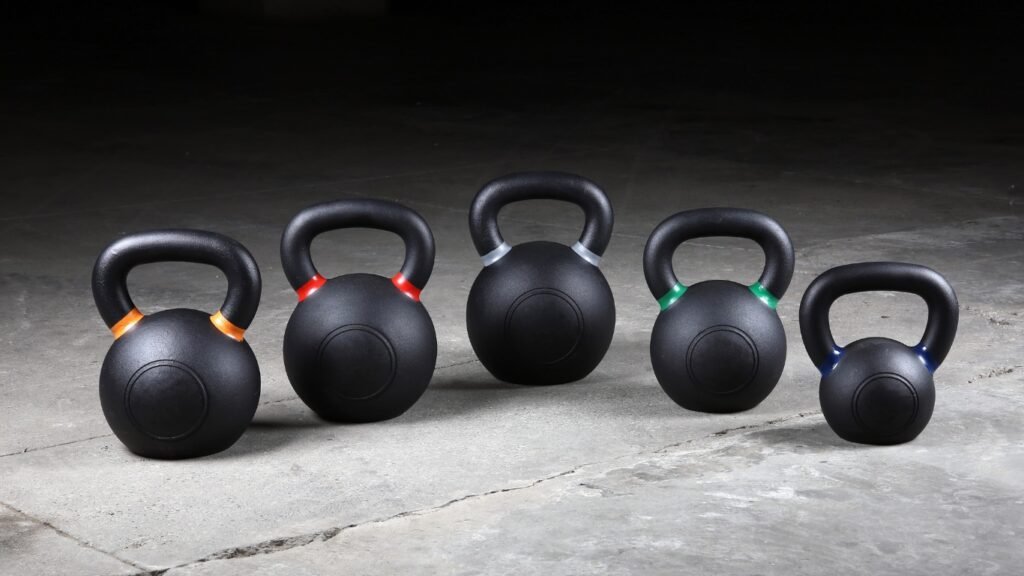
Kettlebells are unique in their design and the dynamic movements they enable. They are perfect for combining strength training and cardiovascular exercise, making them a valuable addition to any home gym.
Why Kettlebells Are Unique
Kettlebells are designed with a handle that allows for a variety of swinging and lifting movements. This design helps engage multiple muscle groups simultaneously and can improve both strength and cardiovascular fitness. Kettlebell workouts are also known for their ability to enhance functional strength, which is the type of strength used in everyday activities.
Kettlebell Exercises
To maximize the benefits of kettlebells, incorporate exercises that target different muscle groups and provide a cardiovascular challenge. Some effective kettlebell exercises include:
- Strength and Cardio Combination: Kettlebell swings, goblet squats, and Turkish get-ups.
- Upper Body: Kettlebell presses, rows, and tricep extensions.
- Lower Body: Kettlebell deadlifts, lunges, and calf raises.
These exercises can help you build strength, burn calories, and improve overall fitness.
EXPLORE MORE:
Adjustable Bench: Versatility in Training
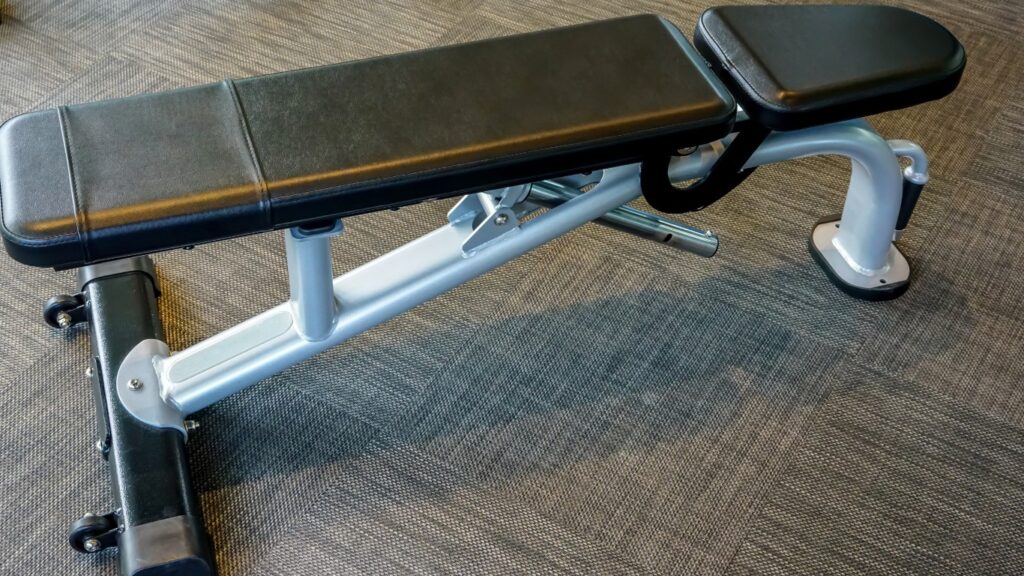
An adjustable bench is a multifunctional piece of equipment that can enhance your home workouts. It allows for various exercises and can be adjusted to different angles to target specific muscle groups.
Multifunctional Use
The adjustable bench can be used for a wide range of exercises, including bench presses, incline presses, and step-ups. Its ability to adjust to different angles makes it versatile and effective for targeting different parts of the muscles. Moreover, it can be used in combination with other equipment, such as dumbbells and resistance bands, to increase the variety of exercises you can perform.
Exercises Using an Adjustable Bench
Incorporate the adjustable bench into your routine with exercises that work the upper body, lower body, and core. Some examples include:
- Upper Body: Bench presses, incline dumbbell presses, and shoulder presses.
- Lower Body: Step-ups, split squats, and glute bridges.
- Core: Decline sit-ups, bench leg raises, and Russian twists.
These exercises can help you achieve a balanced and comprehensive full-body workout.
Stability Ball: Core Strengthening
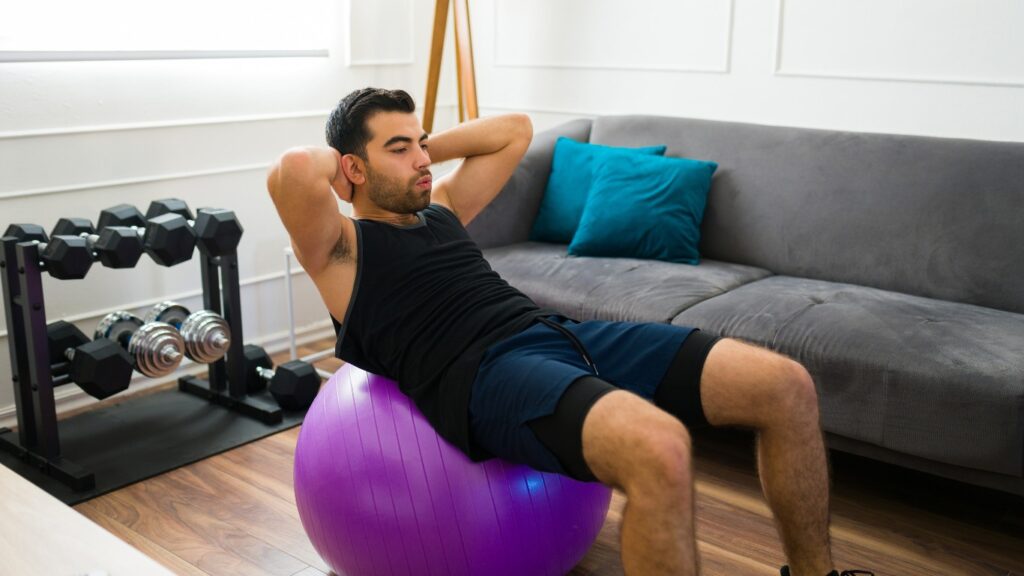
A stability ball, also known as a Swiss ball, is an excellent tool for improving balance, flexibility, and core strength. It is particularly useful for engaging the stabilizer muscles, which are essential for overall strength and stability.
Further Reading: How To Create A Customized Workout Plan-the magic of a customized workout plan.
Balance and Flexibility
Using a stability ball in your workouts can enhance your balance and flexibility by challenging your body to maintain stability during exercises. This not only strengthens your core but also improves overall body coordination.
Stability Ball Workouts
To effectively use a stability ball, incorporate exercises that target different muscle groups and enhance core stability. Some examples include:
- Full-Body Engagement: Stability ball rollouts, ball squats, and hamstring curls.
- Upper Body: Stability ball push-ups, shoulder presses, and chest flies.
- Core: Stability ball planks, crunches, and leg lifts.
These exercises can help you build a strong core and improve overall fitness.
Creating a Balanced Workout Routine
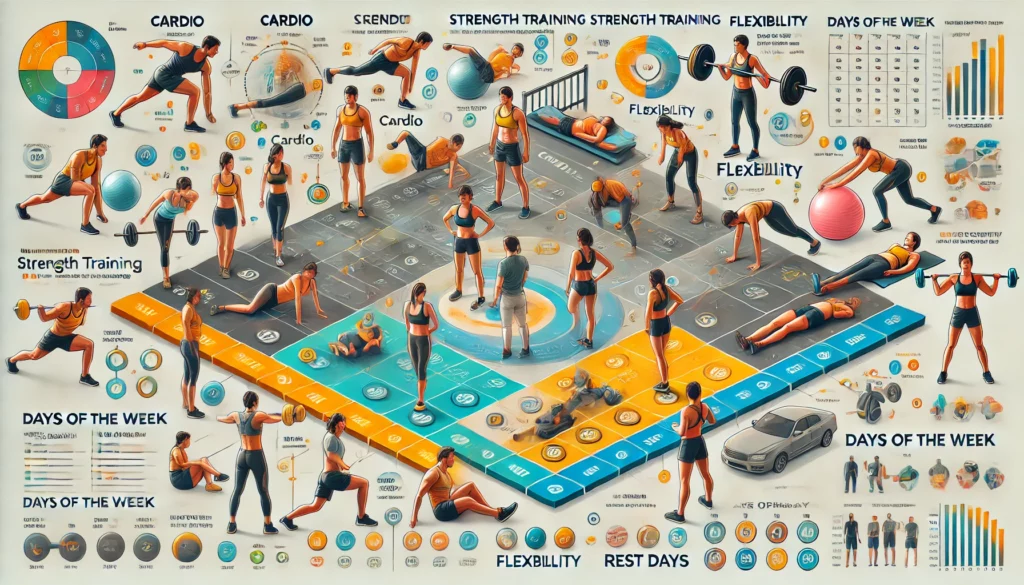
Creating a balanced workout routine is essential for achieving your fitness goals. It involves incorporating a variety of exercises that target different muscle groups and provide a mix of strength and cardiovascular training.
Importance of Variety
Variety in your workouts is crucial for preventing plateaus and keeping your workouts interesting. By incorporating different exercises and equipment, you can challenge your muscles in new ways and continue making progress.
Customizing Your Workout Plan
Your workout plan should be tailored to your specific goals, fitness level, and preferences. This can involve adjusting the intensity, duration, and frequency of your workouts to suit your needs. Additionally, it’s important to listen to your body and make adjustments as necessary to avoid overtraining and injury.
Learn more about: Mayo Clinic-Strength Training Basics-Get stronger, leaner, healthier.
Safety Tips for Home Workouts
Safety is paramount when working out at home. To prevent injuries, it’s essential to use proper form, start with appropriate weights, and progress gradually. Additionally, make sure your workout space is free of obstacles and that you have adequate ventilation and lighting.
Injury Prevention
To prevent injuries, warm up before your workouts and cool down afterward. Stretching and mobility exercises can also help maintain flexibility and prevent muscle tightness. If you experience any pain or discomfort during your workouts, stop and seek professional advice if necessary.
Maintaining Motivation
Staying motivated can be challenging, especially when working out at home. Setting specific, achievable goals and tracking your progress can help keep you on track. Additionally, varying your workouts and finding a workout buddy can add an element of fun and accountability to your routine.
Tracking Progress
Tracking your progress is essential for staying motivated and seeing the results of your hard work. This can involve keeping a workout journal, taking progress photos, and measuring your body composition. Regularly assessing your progress can help you stay focused and make necessary adjustments to your routine.
Find out more about: American Council on Exercise-Benefits of Resistance Training.
Combining Cardio and Strength Training
A well-rounded fitness routine should include both cardio and strength training. Cardio exercises help improve cardiovascular health and burn calories, while strength training builds muscle and enhances overall strength.
Complete Fitness
To achieve complete fitness, incorporate a mix of cardio and strength training into your routine. This can involve alternating between cardio and strength workouts or combining both in a single session. Activities such as circuit training, HIIT (High-Intensity Interval Training), and functional training can provide a balanced approach to fitness.
Nutrition and Recovery
Proper nutrition and recovery are essential components of a successful fitness routine. Eating a balanced diet that provides adequate protein, carbohydrates, and healthy fats can support your workouts and promote muscle recovery.
Supporting Your Workout
In addition to a healthy diet, staying hydrated and getting enough sleep are crucial for recovery and performance. Supplements, such as protein powder and branched-chain amino acids (BCAAs), can also support muscle growth and recover
Common Mistakes to Avoid
Avoiding common mistakes can help ensure the effectiveness of your workouts and prevent injuries. Some common mistakes include using improper form, not warming up or cooling down, and neglecting to vary your workouts.
Ensuring Effectiveness
To ensure your workouts are effective, focus on proper form, progressive overload, and consistency. It’s also important to listen to your body and make adjustments as needed to avoid overtraining and burnout.
what to read next:
- Gut Health Decoded: How Your Microbiome Shapes Energy, Mood, and Immunity
- The Science of Stillness: How Doing Nothing Can Heal Your Mind and Body
- Are You a Late-Night Snacker? 5 Possible Reasons Why You Can’t Stop Craving Food at Night
- The Ultimate Fat-Loss + Muscle Retention Blueprint (For Men)
- Smart Biceps Training: A Science-Backed Blueprint for Bigger, Stronger Arms
FAQs
What are the best exercises for a full-body workout?
To achieve a full-body workout, incorporate exercises that target all major muscle groups. Examples include squats, deadlifts, push-ups, and rows.
How often should I work out for optimal results?
For optimal results, aim to work out at least three to four times per week, incorporating both strength and cardio exercises.
Can I achieve significant muscle gains with home workout equipment?
Yes, with consistency and the right equipment, you can achieve significant muscle gains through home workouts.
What is the best way to track my fitness progress?
Tracking your fitness progress can involve keeping a workout journal, taking progress photos, and measuring body composition.
How can I stay motivated to work out at home?
Staying motivated can involve setting specific goals, tracking progress, varying your workouts, and finding a workout buddy.
What should I eat to support my workouts?
A balanced diet that includes adequate protein, carbohydrates, and healthy fats can support your workouts and promote muscle recovery.
Conclusion
In conclusion, the top 5 home workout equipment for a full-body workout offer a versatile and effective way to stay fit and healthy without the need for a gym membership. By incorporating dumbbells, resistance bands, kettlebells, an adjustable bench, and a stability ball into your routine, you can achieve a comprehensive full-body workout that builds strength, endurance, and flexibility. Remember to stay consistent, prioritize safety, and maintain a balanced approach to your fitness journey.
more about:
HEALTH / WELLNESS / FITNESS / NUTRITION
